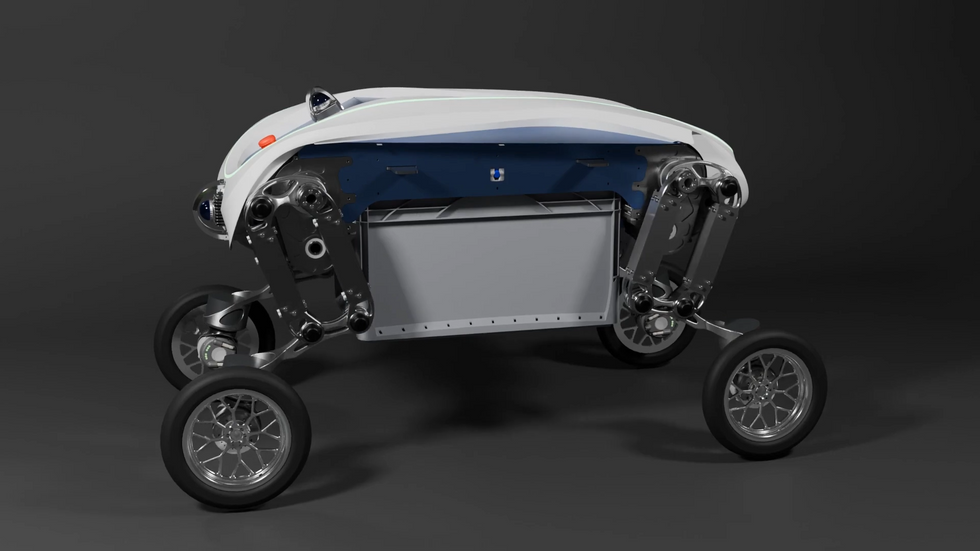Now Reading: Video Friday: High-Performance Logistics in Action
-
01
Video Friday: High-Performance Logistics in Action
Video Friday: High-Performance Logistics in Action

Quick Summary
- LEVA Robot: LEVA combines wheels and legs for versatile mobility,excelling in both structured and unstructured environments. It is designed for efficient payload transportation.
- humanoid Robot Half-Marathon in China: Robots participated in a half-marathon event to showcase advancements but faced critiques regarding practicality.
- Long range Navigator (LRN): LRN allows robots to identify optimal navigation directions without full-map knowledge through affordance mapping, reducing human interventions during off-road tests.
- Goby Miniature Robot: Goby is an affordable ($80) programmable robot with a focus on exploring miniature environments.
- HEBI Robots at Innovation Faire: Demonstrated inchworm-like mobility capabilities during the FIRST Robotics World championship in Houston.
- PNDbotics Adam Humanoid: Features reinforcement learning-driven locomotion with adaptability to uneven terrains, fluid motion, energy-saving mechanisms, and operational enhancements.
- GRASP Lab Research at DAIR Lab: Focuses on safe interaction between robots and complex environments through advanced control algorithms.
- Evolution of Robotic Arms by Trossen Robotics: Unveiled past designs while sharing industry lessons about technological progressions.
- CMU RI Seminar Highlights Assistive Applications of mobile Manipulators: Charlie Kemp emphasized the importance of assistive home robotics over pure human emulation.
Indian Opinion Analysis
The showcased developments underline crucial advancements across logistics, humanoid robotics, and assistive technologies globally. Innovations such as LEVA’s dual-mode mobility demonstrate promising applications in dynamic environments like delivery or disaster recovery operations that could benefit India’s challenging terrains. Long Range Navigation approaches hold potential value for agricultural or infrastructure tasks where sparse external mapping exists.
India’s push toward indigenous robotics research can take cues from specific areas like reinforcement learning-powered adaptive humanoids demonstrated by PNDbotics or cost-effective solutions like Goby miniatures that align well with India’s affordability-centric market needs.
assistive mobile manipulators highlighted by Charlie Kemp suggest broader health care implications-helping India bridge healthcare accessibility gaps for differently abled individuals at home-giving autonomy beyond reliance on caregivers.
Read More here.





















